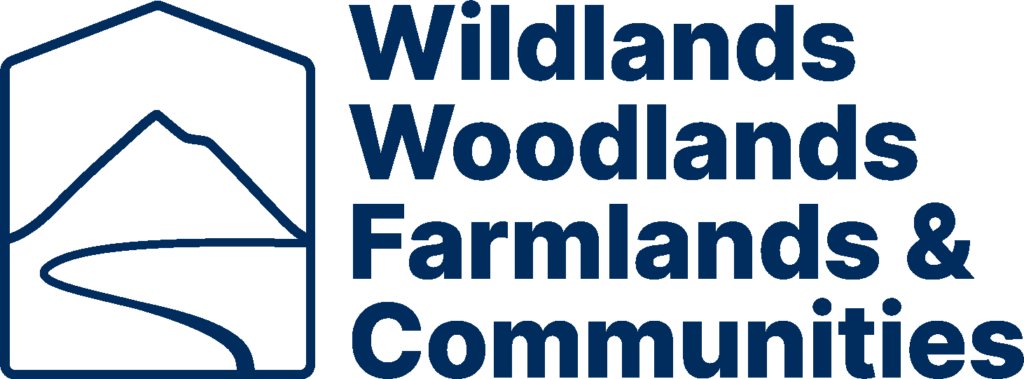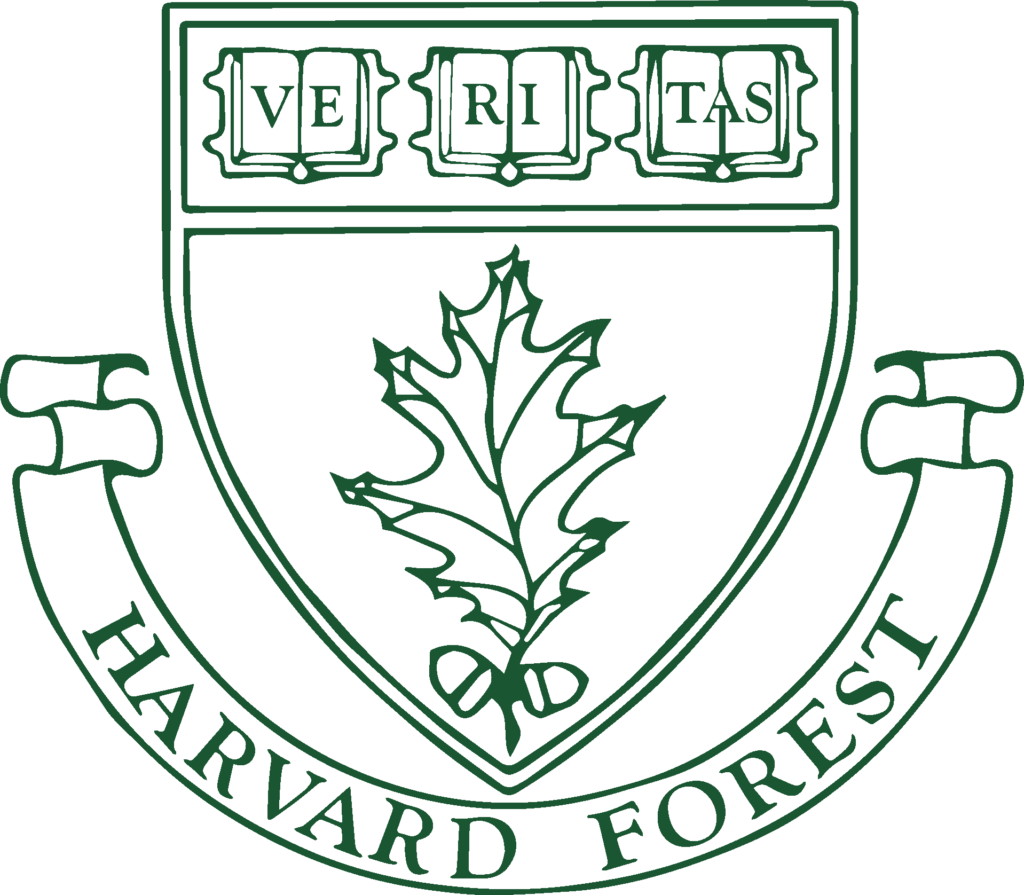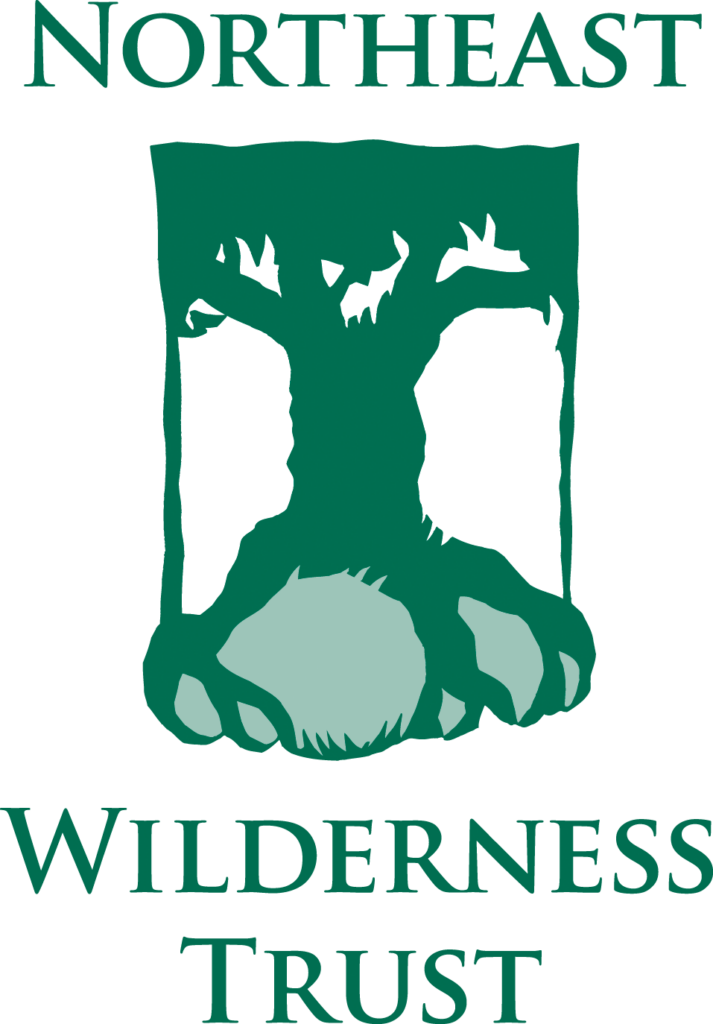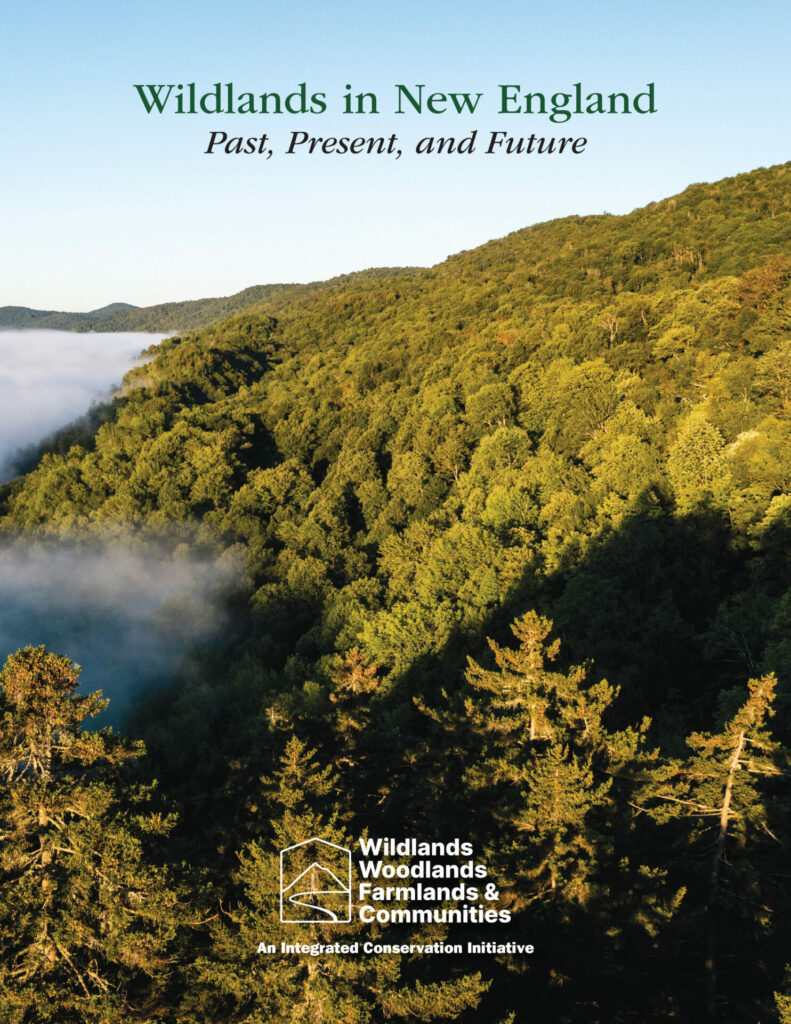What are Wildlands?
Wildlands are tracts of any size and current condition, permanently protected from development, in which management is explicitly intended to allow natural processes to prevail with “free will” and minimal human interference. Humans have been part of nature for millennia and can coexist within and with Wildlands without intentionally altering their structure, composition, or function.
Definition from Wildlands in New England
Goals for Ecological
Representation in Wildlands
Building on the recommendations in Wildlands
in New England, our goals are to:
- Protect at least 10 percent of every ecoregion as Wildland. The report recommends protecting at least 10% of the region as Wildlands, distributing that 10% more or less evenly among all ecoregions to ensure that these Wildlands will protect a greater breadth of the region’s biodiversity.
- Represent each ecoregion’s natural communities in Wildlands. To protect the full range of biodiversity, we must protect examples of every natural community type within each ecoregion as Wildlands.
- Establish Wildlands, when feasible, in large and connected natural lands. Protected lands mean very little if the species that rely on them cannot access them. Establishing new Wildlands in the best ecological context possible gives them the best chance at a full recovery of natural processes.
Ecological Representation: Why & How
Across New England and New York, only a small percentage of ecosystems
are free to live in a truly wild state, where natural processes unfold without
human interference. The small fraction of our landscape that is permanently
protected as Wildland is disproportionately concentrated in mountainous regions
such as the Adirondacks, Green Mountains, and White Mountains. As a result,
most ecosystems, including extensive lowland and common
communities—floodplains, pine barrens, and oak-pine-northern hardwood forests,
for example—remain underrepresented in the region’s Wildlands.
Using the Wildlands in New England data, we conducted the first
region-wide analysis of ecological representation in Wildlands. Our GIS
analysis highlights areas that contain habitats that are under-represented or
absent from the current Wildlands network within each ecoregion. These findings
were then combined with measures of landscape connectedness to identify
priority areas for future Wildland protection.
The Wildlands Representation Map Tool
The map below is a preview of our results, with the shades of blue showing areas with a high need for greater representation and the yellow areas indicating a lower need for representation. In conjunction with a forthcoming report, we have also created an interactive web mapping tool that is intended as a resource for conservation scientists, land trusts, and agencies to inform strategic planning and accelerate progress toward more representative Wildland protection.
Research for the Wildlands in New England report and The Wildlands Prioritization Project was conducted by Wildlands, Woodlands, Farmlands & Communities partners Harvard Forest, Highstead Foundation, and Northeast Wilderness Trust, in collaboration with over one hundred conservation organizations and municipal, state, and federal agencies.
Contributing Organizations





